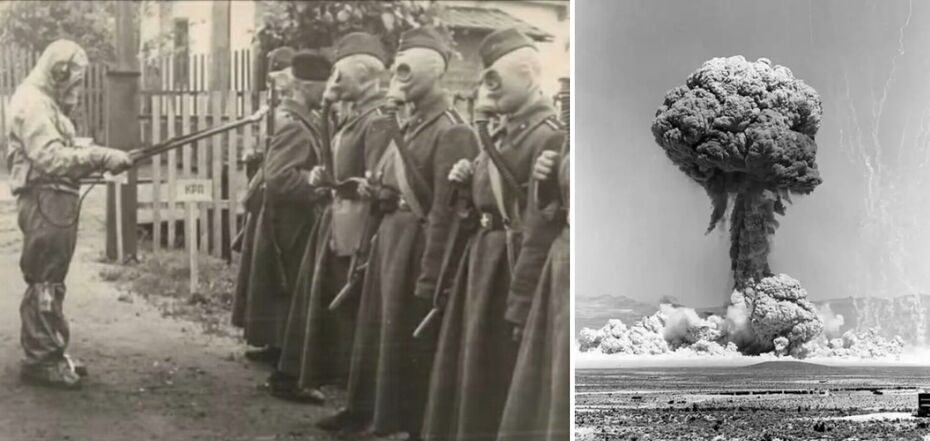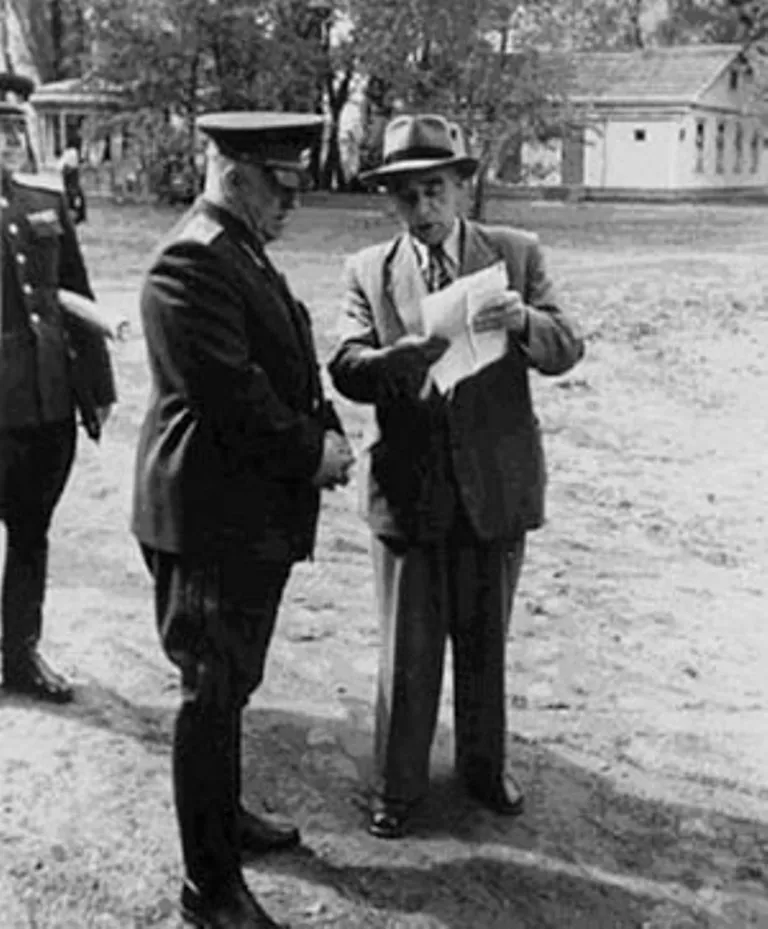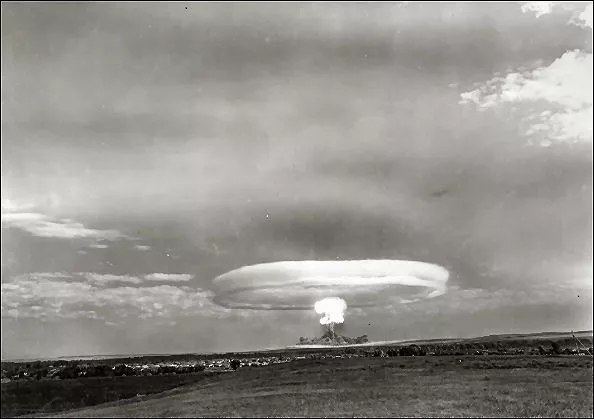News
The Soviets tested nuclear weapons on their own soldiers: how the secret Operation Snowball ended
When one thinks of nuclear disasters in the USSR, the first thing that comes to mind is the Chornobyl accident that occurred in 1986. However, it was far from the only one.
Probably the most cynical episode in the history of the Soviet nuclear program was Operation Snowball at the Totsk test site in the Orenburg region of Russia on September 14, 1954. OBOZ.UA will tell you about it in more detail.
The purpose of the operation
After the end of the Second World War, a cold war broke out between the USSR and the United States almost immediately. One of its most dangerous components was the arms race, including nuclear one.
To demonstrate its success in this field and to practice defensive and offensive actions during a nuclear war, the Soviet Army planned an exercise that had an innocent codename Snowball. During this exercise, an RDS-2 nuclear bomb was detonated from the air. At the same time, soldiers on the ground had to simulate breaking through the enemy's heavily fortified defenses.
A total of 45 thousand military personnel took part in the maneuvers: 39,000 soldiers, sergeants and petty officers, and 6,000 officers, generals and marshals, drawn from 212 units. The tent camp where they lived stretched for 42 kilometers.
How the training took place
These were the first all-military exercises in the history of the USSR involving nuclear weapons. The operation was coordinated by the "Marshal of Victory," also known as the "butcher" and "hearse", Georgy Zhukov.
According to the scenario of the exercise, a Tu-4 strategic bomber carrier, accompanied by two MiG-17 fighters and an Il-28 bomber, took off. It carried a nuclear bomb with a yield of 38 or 40 kilotons, according to various sources. For comparison, the explosion that destroyed Hiroshima had a yield of 13 to 18 kilotons.
At 9:35 a.m., the bomb was dropped from the plane and exploded 350 meters above the ground. Five minutes after the explosion, artillery preparation began, and then the targets were struck by bomber aircraft and field artillery. The next to attack were infantry units. The offensive was conducted in a highly contaminated area.
It is known that some planes that struck ground targets had to avoid the mushroom cloud of smoke from a nuclear explosion. And radiation reconnaissance teams were sent to the epicenter as early as 40 minutes after the bomb went off.
This is how one of the participants recalled the event, "Columns of equipment were brought to the epicenter from three sides to a depth of 5 km. The equipment up to 1000 meters from the epicenter was pressed into the ground and melted. Nothing remained of the century-old forest in the epicenter. A little further away, stumps began to appear, then part of the trunks, then trees with burnt tops."
For the experiment, healthy animals were placed within the radius of the exercise. They were located up to 500 meters from the point of explosion. All of them burned to death. It is also known that windows in residential buildings located up to 25 kilometers from the training ground cracked and flew out. The two villages closest to the training site were completely burnt out.
The consequences
It is difficult to talk specifically about the consequences of these exercises as the relevant information is mostly classified or destroyed. However, indirect evidence suggests that all of the more than 45,000 soldiers and officers who were forced to the Totsk training grounds suffered from radiation exposure. In addition, estimates point to 10 thousand civilian casualties.
As of 2013, just over 2,000 of the participants in those exercises were still alive. Half of them received disabilities of groups 1 and 2. Here are the diseases these people were diagnosed with:
- cardiovascular diseases - 74.5%
- diseases of the digestive system - 20.5%
- malignant tumors and blood diseases - 4.5%
It is known that the participants of the exercises were required to sign a 25-year non-disclosure agreement. In addition, their personal files did not contain information about their business trips to the Totsk training ground. They were all officially stationed elsewhere.
Some data that historians have managed to obtain indicate that no medical care was provided to the participants of the exercises. Some researchers have suggested that the USSR authorities organized these exercises and then monitored the condition of the victims to study the effects of radiation on the human body. However, this data still needs to be verified and confirmed from reliable sources that remain classified.
Subscribe to OBOZ.UA channels on Telegram and Viber to keep up with the latest developments.





























